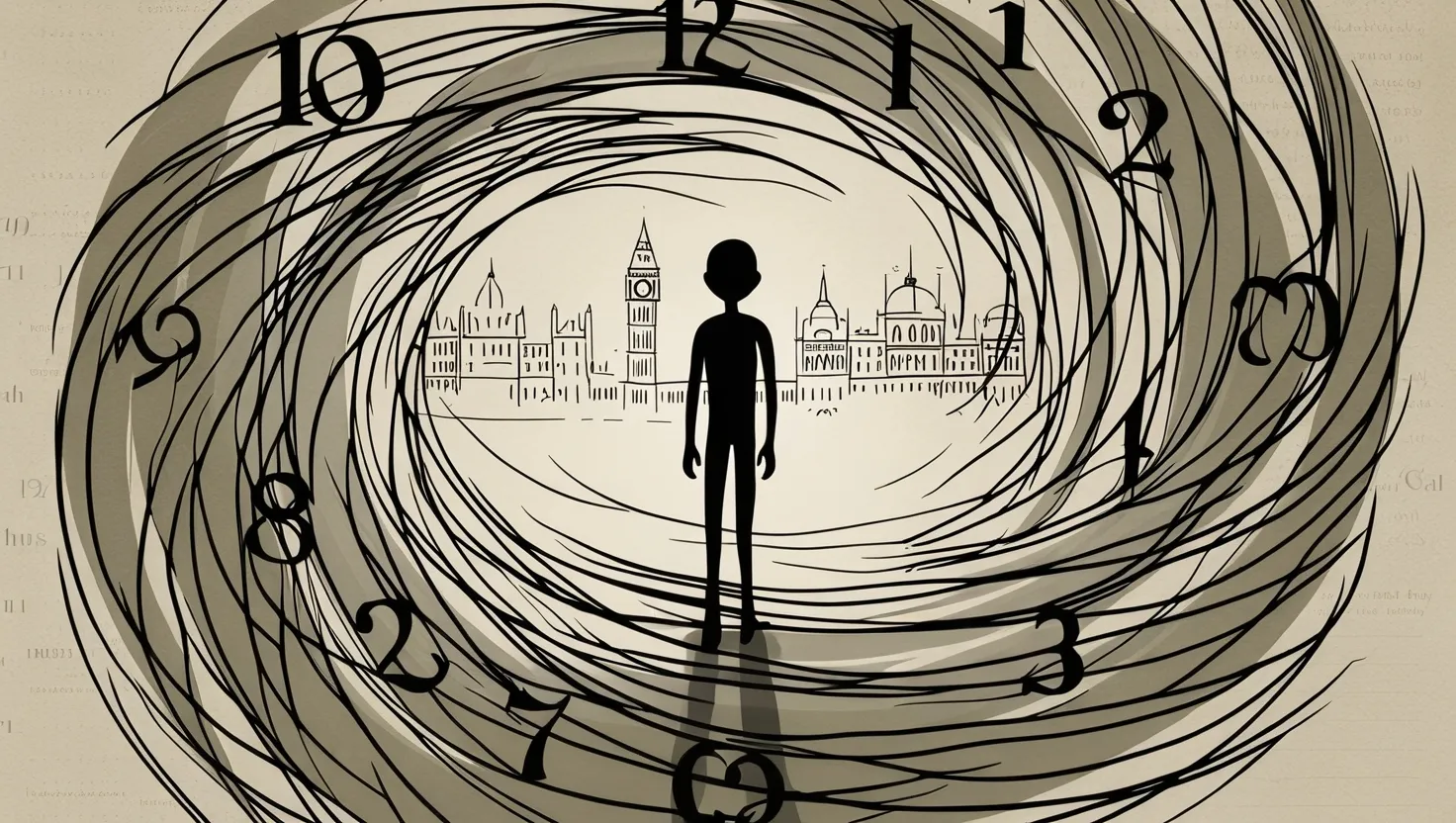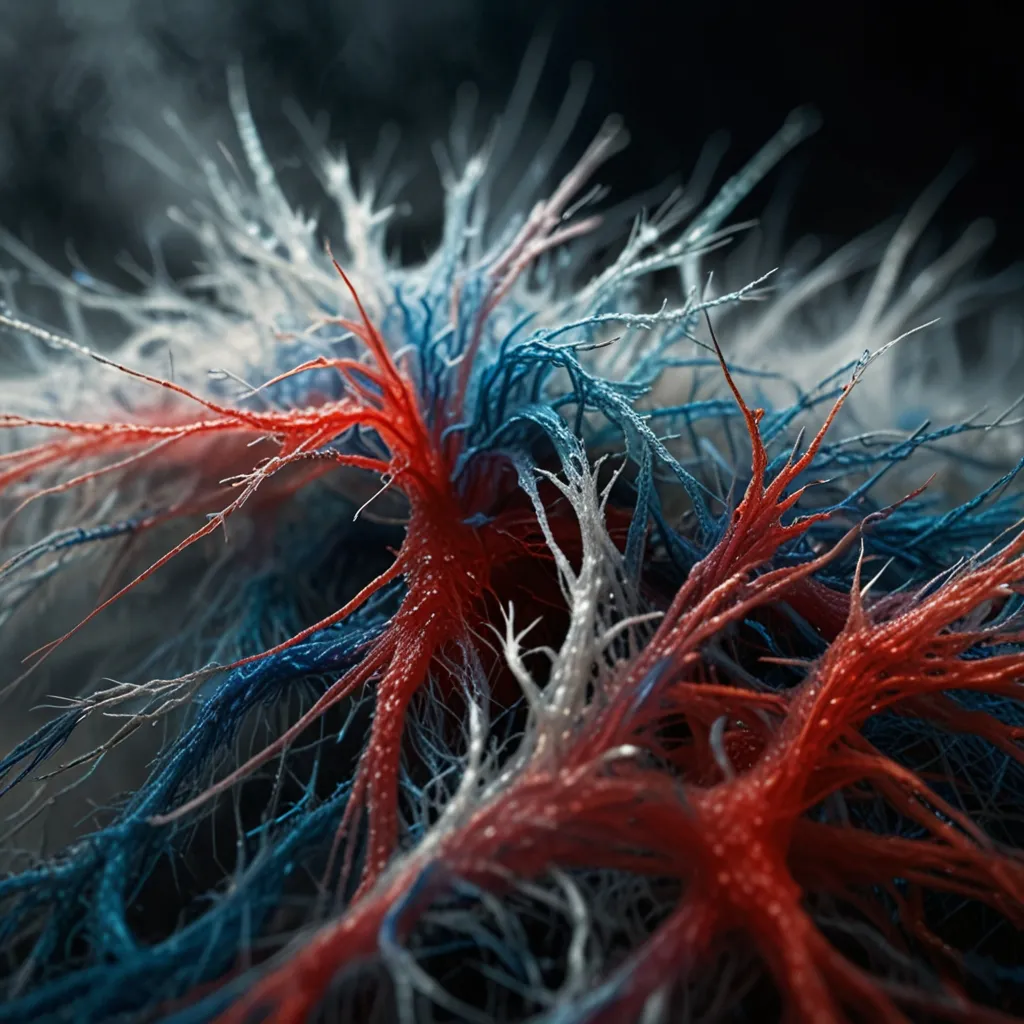When we think about navigation, we often consider the tools humans use, like GPS and maps. However, the animal kingdom has its own remarkable navigation systems, one of which is the ability to detect and use the Earth’s magnetic field, a phenomenon known as magnetoreception. This ability is not just fascinating; it also hints at a deeper, more mysterious connection to the quantum world.
Imagine a world where birds can migrate thousands of miles each year with uncanny accuracy, or where lost pets can find their way home across vast distances. These feats are not just impressive; they are also puzzling. Scientists have long been intrigued by how animals achieve such navigational precision, and one theory that has gained significant attention involves quantum mechanics.
The Radical-Pair Mechanism
At the heart of this theory is the radical-pair mechanism. This process involves chemical reactions within the animal’s body that are sensitive to magnetic fields. Here’s how it works: when light enters an animal’s eye, it can activate a molecule called cryptochrome, which then forms a pair of free radicals. These free radicals have unpaired electrons, and the spins of these electrons are correlated. The interaction between these free radicals and the Earth’s magnetic field can cause different kinds of spin correlations, effectively allowing the animal to “see” the magnetic field.
This mechanism is not just theoretical; it has been supported by various studies. For instance, researchers have found that applying oscillating magnetic fields in the radio frequency range can disrupt the radical-pair reactions, leading to changes in the animal’s magnetic orientation behavior. This suggests that the radical-pair mechanism is indeed a key component of magnetoreception.
Quantum Entanglement and Magnetoreception
But what makes this mechanism even more intriguing is the potential involvement of quantum entanglement. Entanglement is a quantum phenomenon where the properties of two or more particles become linked in such a way that the state of one particle cannot be described independently of the others. In the context of magnetoreception, entanglement could play a crucial role in enhancing the sensitivity of the chemical compass.
Studies have shown that for short lifetimes of the radical pairs, entanglement is a prominent feature, which could explain the high sensitivity of some animals’ magnetic detection. However, for longer lifetimes, such as those thought to be involved in the magnetoreception of European robins, entanglement does not seem to play a significant role. This complexity highlights the ongoing debate and research into whether animals use entanglement to detect magnetic fields.
The Multiverse Hypothesis
Now, let’s delve into the more speculative and mind-bending aspect of this theory: the possibility that animals are navigating through parallel universes. This idea might sound like science fiction, but it’s rooted in some interesting theoretical frameworks.
In quantum mechanics, the concept of the multiverse suggests that every time a quantum event occurs, the universe splits into multiple parallel universes, each with a different outcome. If animals are using quantum effects in their magnetoreception, could they be unconsciously hopping between these parallel universes to find the most efficient path?
While this idea is highly speculative and currently lacks concrete evidence, it’s an intriguing thought. Imagine that each time an animal makes a navigational decision, it’s not just following a magnetic field; it’s potentially exploring different realities to find the best route. This would be evolution’s answer to interdimensional travel, albeit on a microscopic scale.
Other Mechanisms of Magnetoreception
It’s important to note that the radical-pair mechanism is not the only proposed explanation for magnetoreception. Other theories include the use of ferromagnetic materials like magnetite and the MagR mechanism.
Magnetite, a magnetically sensitive mineral, has been found in some animals, such as trout and homing pigeons. In these animals, magnetite crystals are often located near nerves that respond to magnetic stimuli, suggesting a direct role in magnetoreception.
The MagR mechanism involves a protein called MagR, which is found in some birds and is thought to be involved in magnetoreception. However, the exact role of MagR and how it interacts with magnetic fields is still under investigation.
Experimental Evidence and Future Research
Despite the progress made, the exact mechanisms behind magnetoreception remain a mystery. Researchers continue to design experiments to test these hypotheses. For example, exposing animals to radio frequency fields can disrupt their magnetic orientation, providing insights into whether the radical-pair mechanism is at play.
Future research may involve more sophisticated experiments, such as using quantum control protocols to manipulate the magnetic fields around animals and observe the effects on their navigation. These studies could help narrow down the possible molecular candidates involved in magnetoreception and shed more light on the role of quantum mechanics.
The Broader Implications
The study of magnetoreception and its potential link to quantum mechanics has broader implications beyond just understanding animal navigation. It opens up new avenues for research in quantum biology and the development of biomimetic sensors.
If animals are indeed using quantum effects to navigate, this could inspire new technologies that mimic these biological systems. Imagine GPS systems that are far more accurate and efficient, or sensors that can detect magnetic fields with unprecedented sensitivity.
Conclusion
The world of animal magnetoreception is a fascinating and complex one, filled with mysteries that continue to intrigue scientists. While the idea that animals might be navigating through parallel universes is highly speculative, it highlights the extraordinary capabilities of the natural world.
As we continue to explore and understand the mechanisms behind magnetoreception, we may uncover even more surprising connections to the quantum world. Whether or not animals are tapping into a quantum GPS system beyond our comprehension, one thing is clear: the natural world is full of secrets waiting to be uncovered, and the journey to understand them is as exciting as it is challenging.
In the end, the study of magnetoreception is not just about understanding how animals navigate; it’s about pushing the boundaries of our knowledge and exploring the intricate and often mysterious ways in which life interacts with the physical world. As we delve deeper into these mysteries, we may find that the line between science and science fiction is thinner than we ever imagined.






